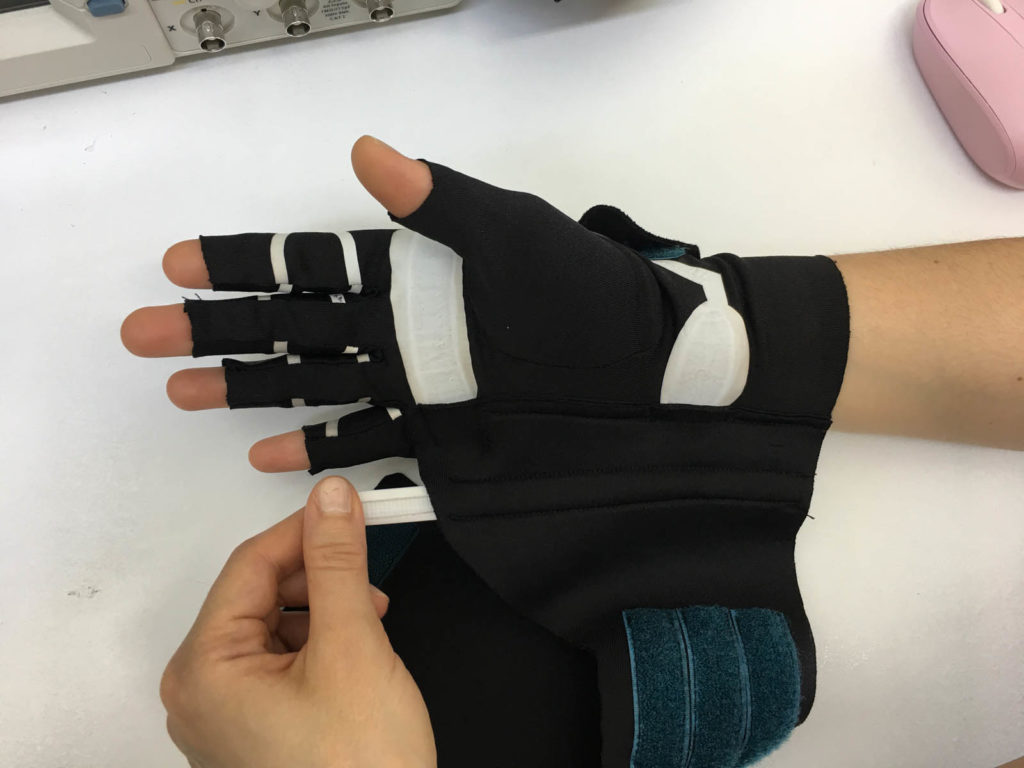
The second week of IFAI Virtual Expo 2020 advanced textiles educational sessions began with a presentation that illustrated the importance of collaboration. “Smart textiles for healthcare and wellbeing: a collaborative approach” had three presenters speaking from different perspectives, but with one, unified message about reaching across geographical distance and areas of expertise to create successful new products.
Dr.Gozde Goncu Berk, assistant professor at the University of California, Davis, is a design researcher who has been working on a therapeutic glove for rheumatoid arthritis patients. The gloves are designed to alleviate pain and address the problem of deformation of the fingers. The team working on the project has completed a prototype.
Dr. Elif Ozden Yenigun, Senior Tutor in Textiles, and a materials scientist at the Royal College of Art, London, described projects that illustrate the benefit of learning collaboration as student researchers. Among her interesting projects were graphene-based soft, wearable antennas, developed collaboratively with researchers at three different institutions, and a student assignment to design a spacesuit for “The Future Traveler.”
A Worth Partnership Project called Lit Lace Interface used sensor technology and smart textiles together to offer a newly developed fiber optic light-emitting cloth as dynamic backdrops in theatre productions; and “Transforming Touch, a student project created fabric objects with sensors that would respond to the user’s touch by moving and lighting up.
Anne Toomey, Head of Programme for Textiles and a textile designer at the Royal College of Art, London, explained a collaborative project between RCA Textiles and Design-Lab, Kyoto Institute of Technology, to re-engineer traditional Chirimen silk. “The innovative fabric uses a combination of hydrophobic and hydrophillic materials in a unique structure to effectively wick moisture away from the skin,” Toomey said.
Another project was done in partnership by researchers in London and Hong Kong that involved working with polymeric optical fibre (POF) and poly methyl methacrylate (PMMA). She noted that the two locations used different approaches, but both claimed many similar final observations.
“Both case studies demonstrate the importance of practice and practical skills within the context of interactive textiles and product design,” she said, and “creative practice informs research via a highly flexible process that allows for failure, multiple experiments, reflection and refinement.” She stressed that materials development played a crucial role in both case studies.
 TEXTILES.ORG
TEXTILES.ORG


